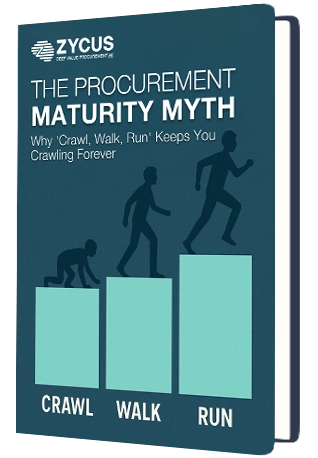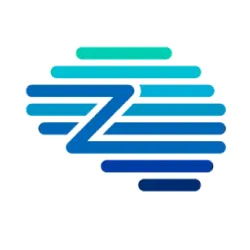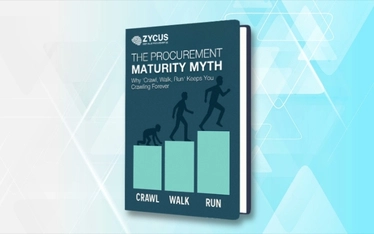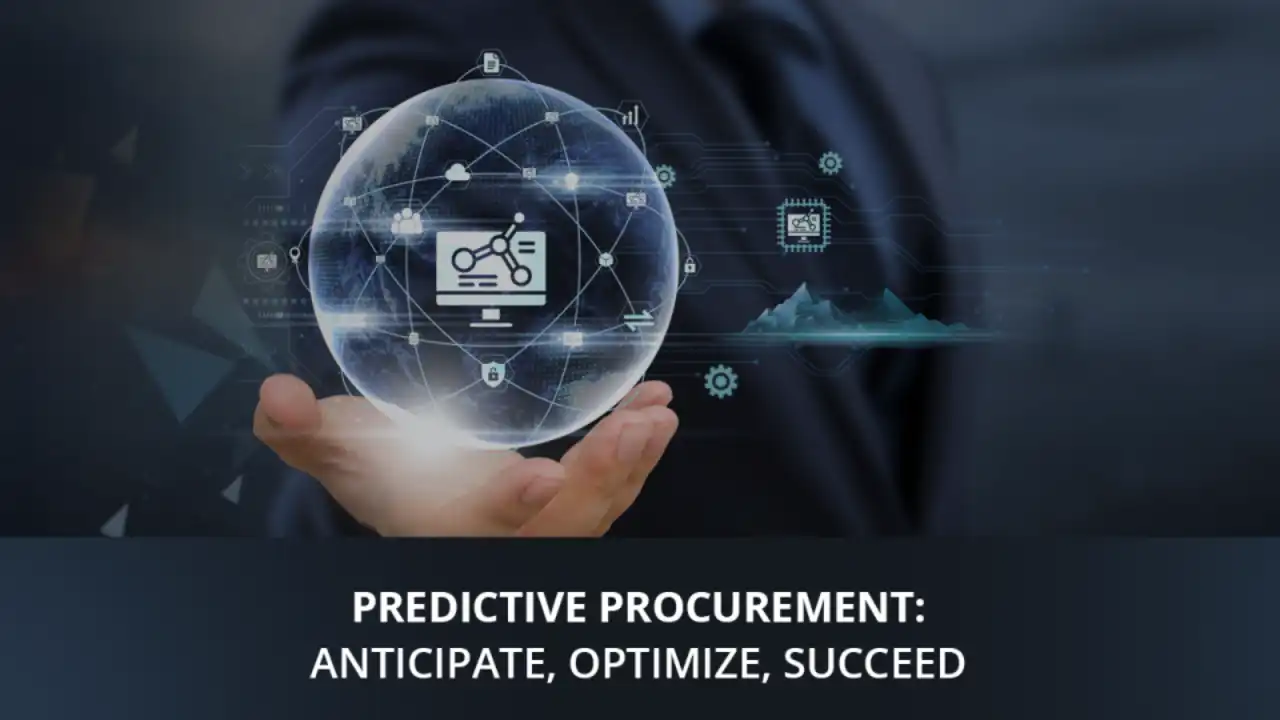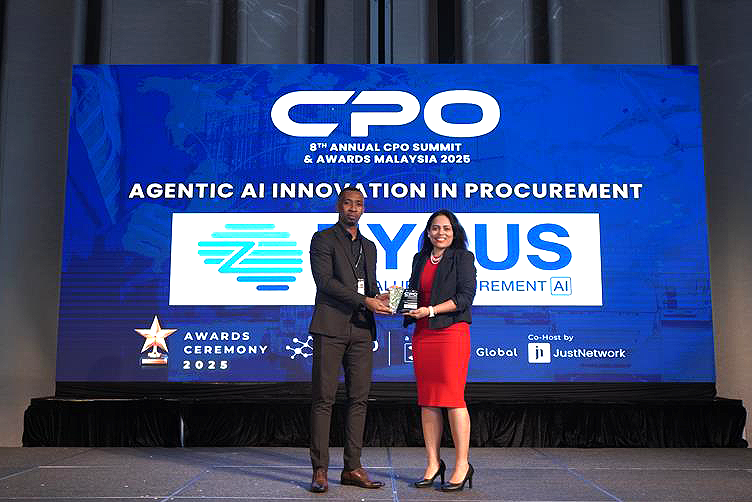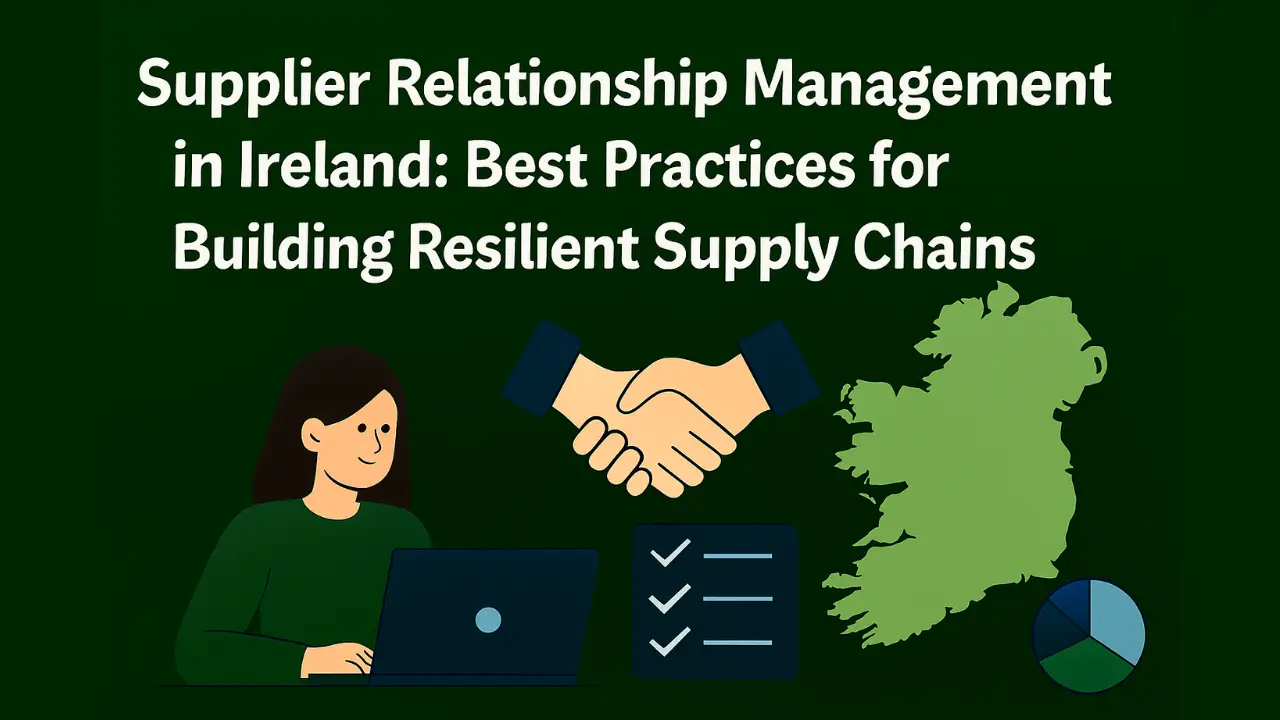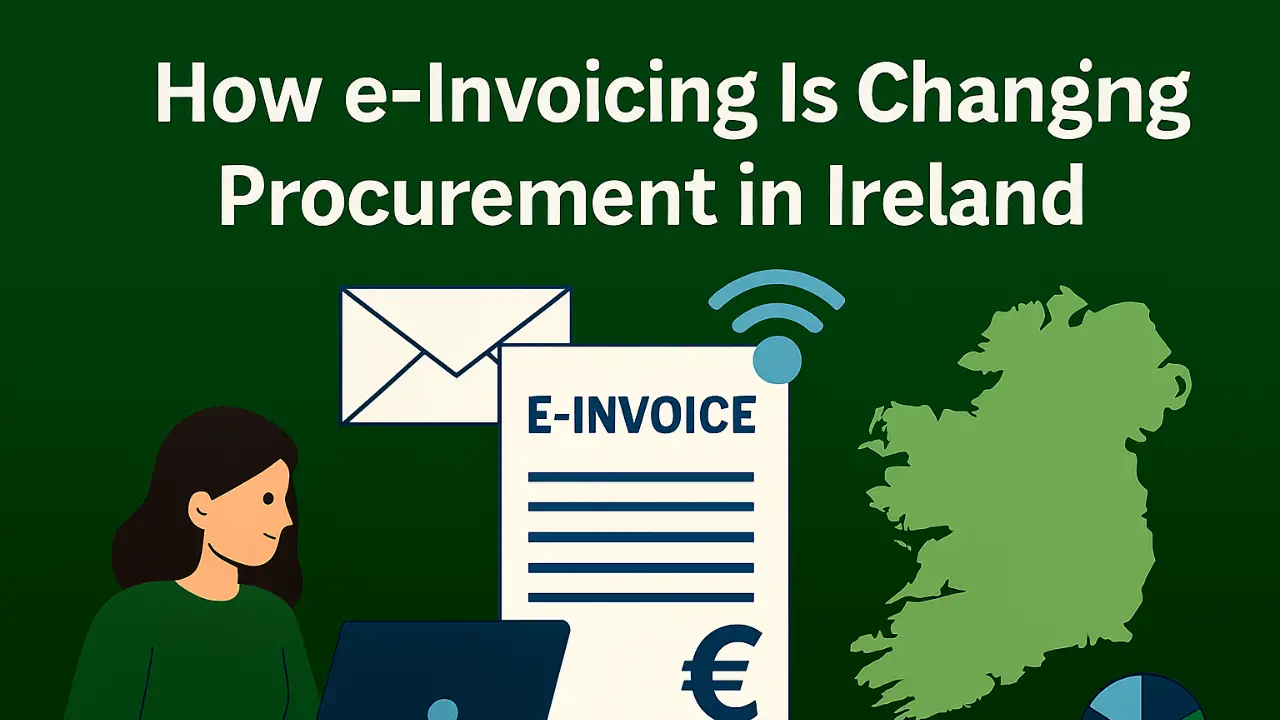TL;DR
- Many emerging enterprises struggle with ad-hoc requests, leading to rogue spend, bottlenecks, and poor visibility.
- Procurement intake for emerging markets acts as a digital front door, guiding every purchase request into structured workflows.
- Guided intake reduces approval delays, eliminates duplicate purchases, and ensures compliance with company policies.
- For CFOs and procurement leaders, it provides real-time spend visibility at the request stage, not after payment.
- Benefits include faster cycle times, stronger supplier compliance, improved ROI, and a better employee experience.
- Ultimately, procurement intake for emerging markets becomes the first step toward scalable, strategic procurement maturity.
Why Intake Is Procurement’s Hidden Lever
In many emerging enterprises, procurement begins in chaos. Employees submit purchase requests through emails, spreadsheets, or even hallway conversations. Finance teams scramble to approve spending without visibility, and procurement is left cleaning up the mess. The result is uncontrolled spend, duplicate purchases, and tension between departments.
Intake management changes the game. It acts as the digital front door to procurement, guiding every request into a standardized process. Instead of employees guessing how to buy, intake workflows capture the data upfront, route it to the right approver, and ensure policies are followed. For mid-market companies where lean teams juggle growth demands, guided intake is not optional. It is the foundation of scalable procurement.
The Problem with Ad-Hoc Procurement Intake in Emerging Markets
Without structured intake, mid-market firms face three recurring issues:
- Rogue Spend – Purchases are made outside contracts or approved vendors, eroding negotiated savings.
- Approval Bottlenecks – Requests sit in inboxes waiting for sign-off, delaying projects and frustrating teams.
- Data Gaps – Finance lacks real-time visibility because spend is captured too late in the process.
These challenges intensify as companies scale. What worked for a 50-person team collapses at 500 employees. Intake is the first process that must mature if procurement is to evolve from firefighting to strategy.
What Guided Procurement Intake Looks Like
Modern intake management combines workflow automation with user-friendly design. A best-practice intake system should:
- Provide one entry point for all purchase requests, whether for software, services, or supplies.
- Use dynamic forms that adjust based on category, value, or risk level.
- Embed approval rules aligned with budget ownership and delegation of authority.
- Capture structured data that feeds directly into procurement reports and CFO dashboards.
- Offer request tracking so employees know the status of their requisition without chasing procurement.
This is what guided procurement means: making it simple for employees to buy while ensuring compliance and visibility for leadership.
Explore Zycus’ Guided Buying simplifies procurement by leveraging Merlin Intake to power a conversational buying experience
Key Benefits of Procurement Intake for Emerging Market Enterprises
For mid-market firms, intake delivers benefits that scale fast:
- Spend Control: Rogue spend drops as every request flows through approved channels.
- Speed and Efficiency: Automated routing cuts approval cycle time by up to 50%.
- Data Visibility: CFOs see spend commitments at the point of request, not after payment.
- Employee Experience: Teams get a consumer-like experience, improving adoption.
The net result is not just smoother procurement but stronger alignment between finance and operations. Intake becomes the bridge that connects purchasing with business strategy.
FAQs
Q1. What is intake management in procurement?
Intake management is the structured process for capturing, routing, and approving purchase requests before they enter the procurement cycle.
Q2. How does guided procurement work?
Guided procurement uses workflows and dynamic forms to direct employees to approved suppliers, categories, and policies, reducing rogue spend.
Q3. Why is intake important for mid-sized companies?
Because it creates visibility and control at the very start of the procurement process, preventing cost overruns and compliance risks.
Q4. How can intake management improve ROI?
By eliminating rogue spend, accelerating approvals, and capturing data upfront, intake increases realized savings and improves budget forecasting.
Conclusion
For emerging enterprises, intake management is the first step to procurement maturity. It ensures every purchase is visible, compliant, and aligned with company goals. Guided intake is not about slowing employees down. It is about empowering them with clarity while giving CFOs and procurement leaders the data they need to manage growth responsibly.
Related Reads:
- The Adoption Deficit: Solving the Procurement Change Challenge in Emerging Enterprises
- From Automation to Autonomy: The Evolution of AI in Procurement
- Smaller Teams, Bigger Stakes: Solving the Procurement Overload in Emerging Enterprises
- Half the Budget, Twice the Pressure: The ROI Trap in Emerging Enterprise Procurement
- Stuck Between Excel and Enterprise: The Emerging Enterprise Procurement Tech Trap
- Flying the Plane While Fixing the Wings: The Procurement Paradox in Emerging Enterprises
- The Essential Guide to Procurement Software for Small Business
- Procurement KPIs That Matter for Fast-Growing Companies
- How to Prove Procurement Software ROI (With Real Numbers)
- The Ultimate Guide to Accounts Payable Software for Emerging Enterprises
- What Is Source-to-Pay (S2P)? A Complete Guide for Mid-Market Companies


















































